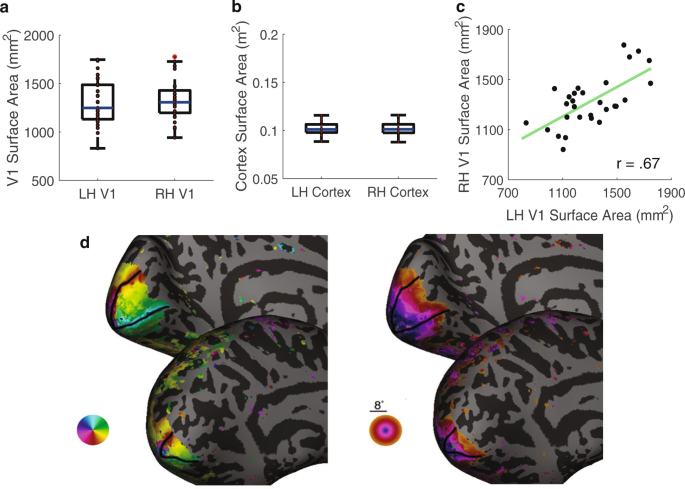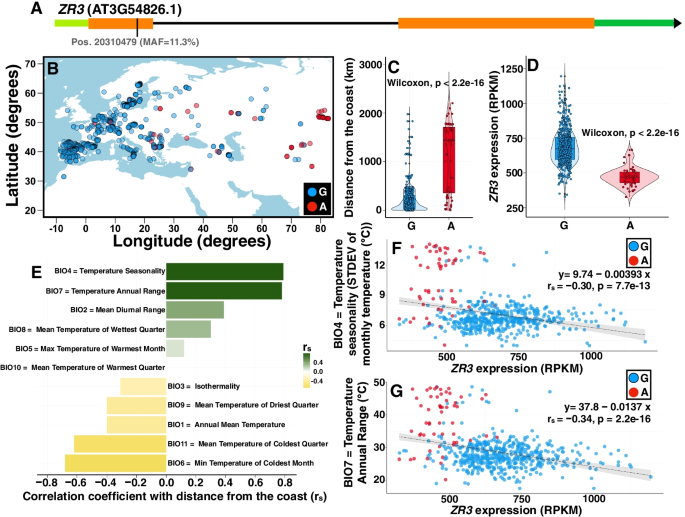2022-06-13 ノースカロライナ州立大学(NCState)
研究チームは、ヒメマルハナバチ(Bombus impatiens)と腸内寄生虫 Crithidia bombi を用いて、花の大きさや形、花の数といった花の形質が、花からハチへの寄生を引き起こす3つのステップ(花への糞の付着、花での寄生、新しいハチによる寄生の獲得)にどのように関わっているのかを調査した。寄生虫の蔓延は、ハチの個体数減少の主な要因のひとつと考えられている。
研究者らは、ハチへの寄生率が低い花の特徴や花の種類を特定すれば、ハチの健康を促進し、ハチに花資源を提供する花合わせを提供できるため、受粉媒介者にとって有利になると述べている。
研究者らは、ハチが花を訪れる頻度や時間、採餌中のハチの行動、特定の花の形質の効果を変える可能性のある環境要因など、その他の要因もハチの健康研究の今後の方向性を示すものであると付け加えています。
<関連情報>
- https://news.ncsu.edu/2022/06/shorter-wider-flowers-may-transmit-more-parasites-to-bees/
- https://esajournals.onlinelibrary.wiley.com/doi/10.1002/ecy.3730
花の形状がハチの寄生虫の伝播可能性を予測する Floral shape predicts bee–parasite transmission potential
Mario S. Pinilla-Gallego,Wee Hao Ng,Victoria E. Amaral,Rebecca E. Irwin
Ecology Published: 13 April 2022
DOI:https://doi.org/10.1002/ecy.3730

Abstract
The spread of parasites is one of the primary drivers of population decline of both managed and wild bees. Several bee parasites are transmitted by the shared use of flowers, turning floral resources into potential disease hotspots. However, we know little about how floral morphology and floral species identity affect different steps of the transmission process. Here, we used the gut parasite Crithidia bombi and its primary host, bumble bees (Bombus spp.), to examine whether floral traits or species identity better predict three basic steps of parasite transmission on flowers: feces deposition on flowers, survival of the parasite on flowers, and acquisition by a new host. We also identified which traits and/or species were most strongly associated with each step in the transmission process. We found that both trait- and species-based models fit the data on deposition of feces and survival of C. bombi on flowers, but that species-based models provided a better fit compared with trait-based ones. However, trait-based models were better at predicting the acquisition of C. bombi on flowers. Although different species tended to support higher fecal deposition or parasite survival, we found that floral shape provided explanatory power for each of the transmission steps. When we assessed overall transmission potential, floral shape had the largest explanatory effect, with wider, shorter flowers promoting higher transmission. Taken together, our results highlight the importance of flower species identity and floral traits in disease transmission dynamics of bee parasites, and floral shape as an important predictor of overall transmission potential. Identifying traits associated with transmission potential may help us create seed mix that presents lower parasite transmission risk for bees for use in pollinator habitat.
:


